It’s no surprise that consumers rely on multiple channels along their paths to purchase.
A shopper might initially discover a product on a mobile device, but could very well turn to their desktop for additional information, and then ultimately convert at a physical store location.
Retailers are struggling to keep up, according to Deloitte. While 87% of retail leaders agree omnichannel strategy is critical or very important to business success, only 8% believe they have mastered the omnichannel equation.
We recently hosted a webinar titled “Driving Online & In-Store Results on Facebook & Instagram” outlining how retailers can start creating successful omnichannel campaigns. Conor Ryan, our Co-Founder and Chief Innovation Officer, was joined by Yair Cohn, Product Growth Manager at Facebook, and Bill Connolly, Director of Content at Olapic/Monotype. They shared how retailers can tackle offline measurement of online ads, build personalized campaigns based on omnichannel behavior, and create compelling creatives that convert both online and in-store.
Did you miss the presentation? Catch the replay here, or read on for six key takeaways.
1. Facebook Offline Conversions is essential to building campaigns that drive omnichannel results.
The majority of sales still take place offline – 90% in the U.S. and 80% in the U.K. But brick-and-mortar stores face an uneven playing field online. Most retailers aren’t leveraging their in-store data to measure just how well their digital ads are performing.
“Facebook is basically a people-based marketing platform, which really means that our systems are fueled by the fact that we understand the consumer behavior and journey,” said Facebook’s Yair Cohn.
That’s where Facebook Offline Conversions comes in.
By integrating in-store data to Facebook Offline Conversions, marketers can then measure the value of their ad spend, target more of the right people, and fully optimize performance.
2. You can upload your offline data multiple ways.
- Manually by uploading a CSV file. This method is error prone, so Yair Cohn recommends using this only for testing purposes – not as a long-term solution.
- A direct integration with the Facebook API. This solution provides real-time coverage, but requires heavy lifting from a tech standpoint.
- By working with a tech partner like StitcherAds – which will give you the benefits of the API without building it yourself, in addition to custom optimizations.
3. For Facebook audiences near stores, provide multiple ways to buy.
For audiences who are near a sensible radius of a store, include online and “in-store” messaging as well as a map card, said Conor Ryan, Co-Founder & CIO of StitcherAds.
The map card is presented as another slide in your carousel ad that features a map, store distance, hours, and contact information. Use a ‘store token’ in the post copy for in-store messaging, which will show the user the exact name of the store nearby.
4. Relying solely on online data is limiting.
Fueling campaigns based solely on online data limits your potential to drive significant revenue.
Fashion brand Reiss provides a good example. The U.K.-based retailer captured customer emails at their brick-and-mortar locations but wasn’t leveraging in-store data in any way. “By not acting on those insights or personalizing the creative ad experience, Reiss was leaving money on the table,” Conor explained.
The StitcherAds team helped the brand reconfigure their Facebook and Instagram campaigns. With highly-segmented audiences of in-store and online shoppers, as well as carousel ads that called out specific store locations, the Reiss team saw stellar results.

The retailer experienced a 76% increase in Facebook-influenced store revenue and a 53% lift in omnichannel return-on-ad-spend.
5. Create in-store experiences that add value to customers beyond making a purchase.
Consumers are constantly creating and posting content on your behalf. So, leverage your physical stores to encourage even more content creation. “Use your content as a way to market in-store experiences online,” said Bill Connolly, Director of Content at Olapic/Monotype.
Achieve this by:
- Identifying existing in-store “hot spots” and capitalize on them.
- Making your store “photo-ready.” Utilize well-lit displays, engaging signage, and compelling attractions.
- Ensuring you have a feature attraction. Include feature walls, art installations, and special events.
- Making your store more interactive. Entertain and engage customers while providing customizable value.
6. Use video to elevate omnichannel campaigns.
Some 79% of users would rather watch a video to learn about a product than read text on a page.
Short-form videos like those featured on Instagram Stories are particularly popular among consumers, Bill shared. “It’s all about being able to create what Google calls ‘the thumb-stopping moment.’ It’s about being able to interrupt somebody’s experience—especially with an advertisement—so that the customer wants to see what the next step might be in their buying journey.”
However, retailers are struggling to scale video in their ads. As Facebook Marketing Partners, StitcherAds and Olapic have worked together to bring engaging creative to feed-based advertising.
Solve the omnichannel equation
If you’re only creating and optimizing campaigns that align with online customers, you’re missing a major opportunity to drive revenue. Leverage both online and in-store data to create effective omnichannel campaigns, and watch your bottom line grow.



